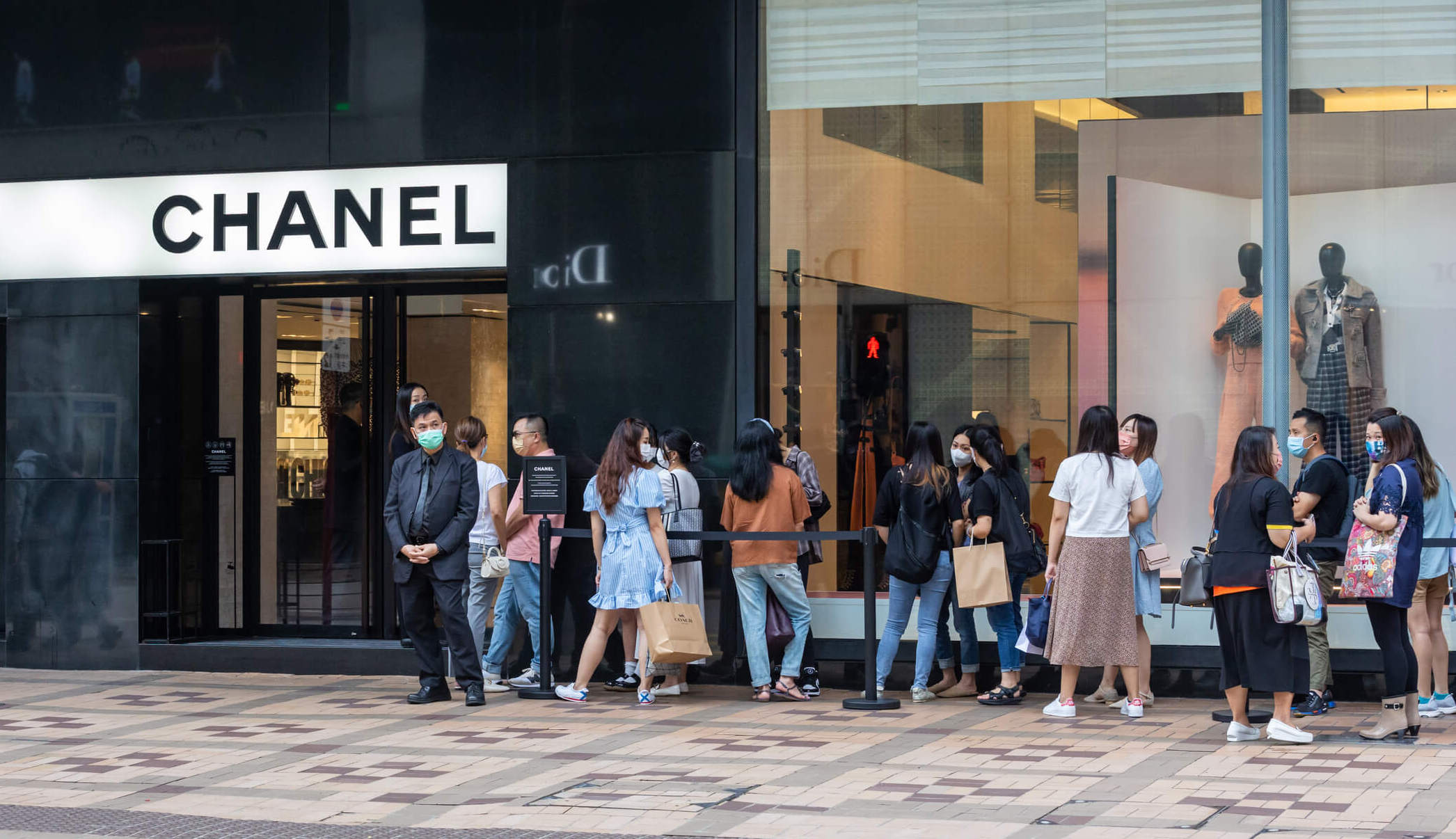- Blog
- DTC
Higher Price Tags Are Paying Off For High Fashion


In 2021, the personal luxury market did $325B in sales, putting the sector back on track for pre-pandemic growth.
But this resurgence also meant high-end names went mainstream. And, in turn, threatened the loftier labels’ exclusive nature.
So, when other industries used inflation and higher production costs to hike prices earlier this year, luxury fashion followed suit. Some of the fanciest names even trailblazed this trend pre-pandemic.
In 2019, for example, Prada stopped offering discounts (a promotional strategy that ‘cheapened’ the brand’s reputation), then raised prices by 13%.
But perhaps most notorious for steepening prices is Chanel. Since 2019, the cost of its iconic handbags has jumped ~66%.
The fashion house blames exchange rate fluctuations, increased production costs, and efforts to ensure pricing continuity across markets for the sharp increase. And while these factors may contribute, they all translate to protecting the products’ exclusivity.
After all, common sense says higher prices, lower demand, right? And it should hypothetically lead to fewer people being able to afford the item. But that doesn’t exactly mean lower sales.
Instead, the heftier price point created cult-like demand for consumers who could still afford the products. Chanel’s profits skyrocketed 171% as a result (while maintaining a 35% profit margin).
But it’s not just Chanel seeing higher price tags pay off. The luxury retail sector is expected to see 5-15% YoY growth in 2022, despite speculation that we’re on the brink of recession.
Historically, these sorts of economic pressures weigh on luxury sales as consumer spending power depletes. But 76% of consumers making $200k+ said they still plan to buy the same number of high-end goods or more QoQ, per Saks’ Luxury Pulse survey, despite recent downturns.
This steady demand has led French luxury group Kering to release plans for increasing Gucci’s annual sales to €15B in the mid-term. How exactly? Through increased store traffic, a bigger retail network, and – oh, yes – higher prices.
Even “affordable” brands are climbing into the high-end category. For example, Adidas teamed up with Gucci and Balenciaga to get into the luxury game.
That said, Adidas still sells $30 t-shirts, something a truly luxury brand would never do. So, it’s also possible that these collaborations are, instead, an effort for increasingly exclusive (AKA inaccessible) brands to stay relevant by pulling on mainstream fashion.
Even so, lowering prices isn’t very ‘luxury.’ So, the high price tags – caused by increased operational costs or not – will likely stick.
And for brands left relying on mainstream fashion to stay relevant, this could be problematic.
After all, if you’re pulling on a household name, you’re creating (what I’ll call) aspirational demand for the average consumer. This is unlikely to convert in today’s bear market.
But you’re also not exclusive enough for the high-end consumer (who will likely weather a recession mostly unscathed) driving Chanel’s sales. And it could leave these mid-tier luxury brands raising their prices to increase demand or paying the cost.